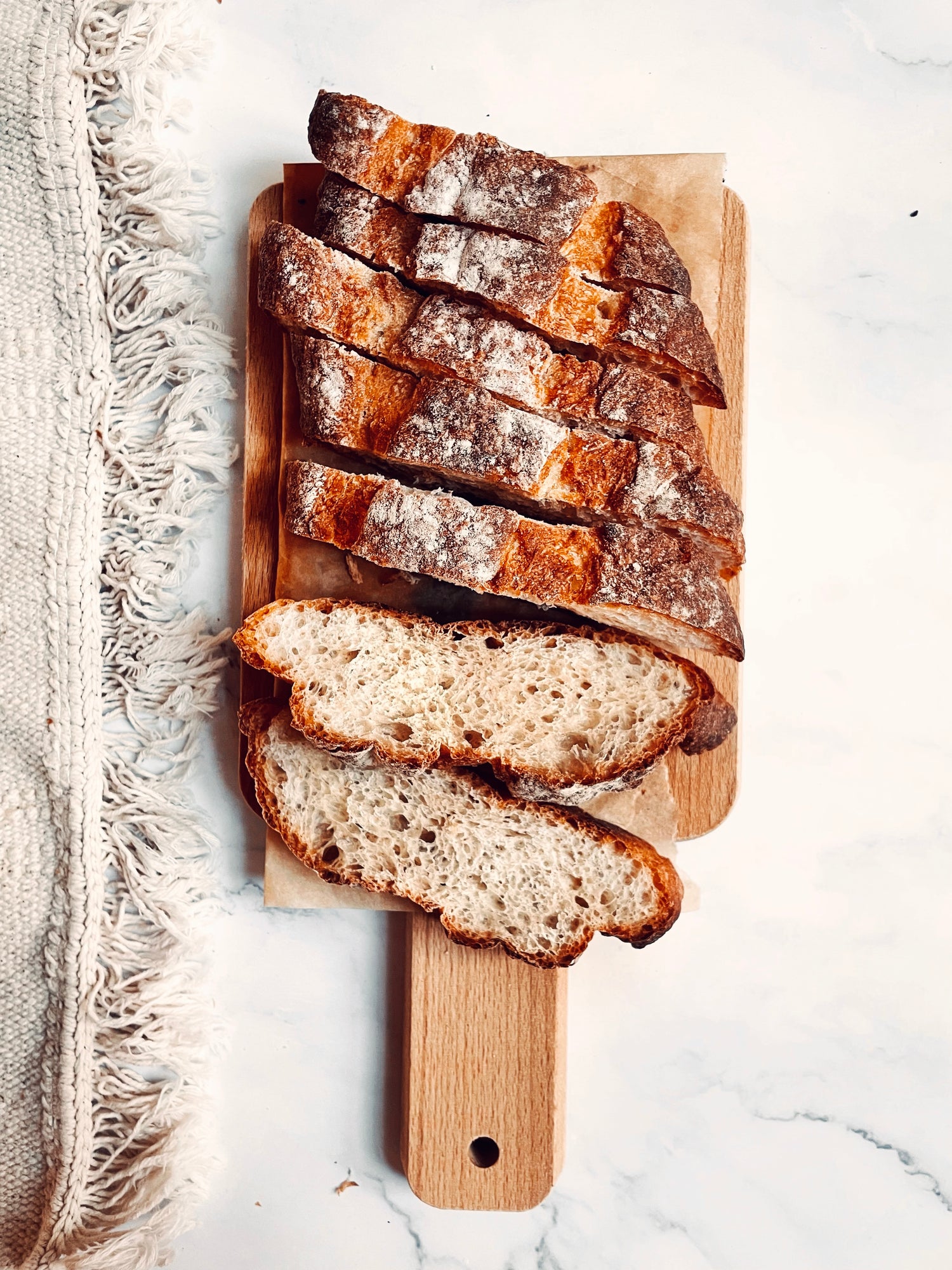Houjicha Madeleines
Houjicha is a roasted Japanese green tea that has a unique, nutty flavor and aroma. These houjicha madeleines are a delicious and unique twist on the traditional madeleine recipe. Houjicha is less grassy, but still earthy compared to matcha, if you're not a fan of matcha, these Houjicha madeleines are the perfect alternative.
Houjicha is a Japanese green tea that has a unique flavor profile due to its roasting process. The tea leaves are roasted at a high temperature, which results in a nutty and smoky flavor that is different from other green teas. The roasting process also gives houjicha a lower caffeine content than other teas, making it a popular choice for those who are sensitive to caffeine. The aroma of houjicha is also distinctive, with notes of toasted nuts and a warm, comforting scent, which adds more depth to the flavours of the madeleine.
Gyokuro matcha is a high-quality green tea powder that is prized for its unique flavor profile. The tea leaves used to make gyokuro matcha are shade-grown for several weeks before harvesting, which leads to a higher concentration of chlorophyll and amino acids. This results in a tea powder that has a rich, savory, and umami flavor with a sweet and slightly bitter aftertaste. The aroma is also notable, with a vegetal and grassy scent that is characteristic of high-quality Japanese green teas.
Uji matcha is a high-quality green tea powder that is grown and produced in the Uji region of Kyoto, Japan. The flavor profile of Uji matcha is characterized by a delicate balance of umami, sweetness, and bitterness, with a slightly astringent aftertaste. The tea leaves used to make Uji matcha are shade-grown for several weeks before being harvested, resulting in a higher concentration of amino acids, such as L-theanine, which contribute to the tea's unique flavor profile. The aroma is also notable, with a fresh and grassy scent that is characteristic of high-quality Japanese green teas.
French madeleines are a classic French pastry that has been enjoyed for generations. These small, buttery cakes is both comforting and indulgent, they should have the iconic hump - that's when you know they're properly made. Madeleines are relatively easy to make at home, though will require some patience as they typically require an overnight rest (at least 8 hours)! Our recipe calls for an hour of rest in the fridge and will still produce the iconic madeleine hump!
The cake is buttery and sweet, with hints of vanilla and a subtle citrus undertone, perfect for serving with tea or coffee and are a favorite among French people.
Madeleines are typically light, soft and spongy, with a slightly crisp exterior. The airy and moist texture of the cake is one of its most distinctive features.
A bit of history about madeleines:
The exact origin of madeleines is unknown, but it is believed that they were created in the Lorraine region of France in the 18th century. The cakes were named after a young woman named Madeleine who was a servant in the court of King Stanislas Leszczynski. It is said that she created the cakes to serve to the king and his guests, these cakes quickly became a popular treat throughout France.
The recipe for madeleines was later popularized by Marcel Proust in his famous novel, "In Search of Lost Time." In the novel, the narrator dips a madeleine into a cup of tea and is transported back in time to his childhood. This passage has become one of the most famous literary references to madeleines and has helped to cement their place in French culture.
Understand More About The Overnight Rest
Leaving madeleine batter overnight is a traditional French technique that is said to improve the texture and flavor of the cake.Rresting the batter is also essential to producing the iconic hump! There are a few reasons why bakers might choose to let the batter rest overnight before baking, including:
Fluffy Texture: By letting the batter rest overnight, the gluten in the flour has time to fully hydrate, which can result in a more tender and fluffy texture. This can be particularly important for delicate cakes like madeleines, which can easily become tough if overworked.
Enhanced Flavor: Allowing the batter to rest overnight also gives the ingredients time to meld and develop deeper, richer flavors. This can be particularly important for recipes that include ingredients like vanilla, citrus zest, or other flavorings.
Improved Rise: Resting the batter can also help the cakes rise more evenly and develop a slightly more pronounced hump on the top of each madeleine, which is a classic characteristic of this French pastry.
It's worth noting that not all madeleine recipes call for overnight resting of the batter, and some bakers may choose to skip this step altogether. However, many experienced bakers believe that this technique can make a noticeable difference in the final product, resulting in a more tender, flavorful, and visually appealing madeleine. You can try the recipe with and without an overnight rest and find one that suits you time and flavour/texture wise.

RECIPE BY VANIECE
YIELD: 12 MADELEINES
ACTIVE TIME: 15 MINUTES
REST TIME: 1 HOUR
BAKING TIME: 12 MINUTES
TOTAL TIME: 1H 30 MINUTES
- 75g melted butter
- 20g vegetable oil
- 80ml warm milk
- 30g honey
- 15g houjicha powder
- 5g baking powder
- 120g plain flour
- 60g light muscavado sugar
- 1 + 1/2 egg
+Extra butter and flour (optional) to grease and dust
- Preheat oven to 190C. Grease madeleine pan with melted butter and leave in fridge
- Combine eggs, sugar and vanilla
- Pour in warm milk and mix until the sugar has dissolved
- Add flour, baking powder and houjicha powder, mix until just incorporated
- Stir in butter, vegetable oil and honey
- Fill each madeleine mould 80% full, then let the batter rest for 60 minutes in the fridge
- Bake for a total of 12 minutes, at 190C for the initial 5 minutes, then lowering to 170C for the remaining 7 minutes.






